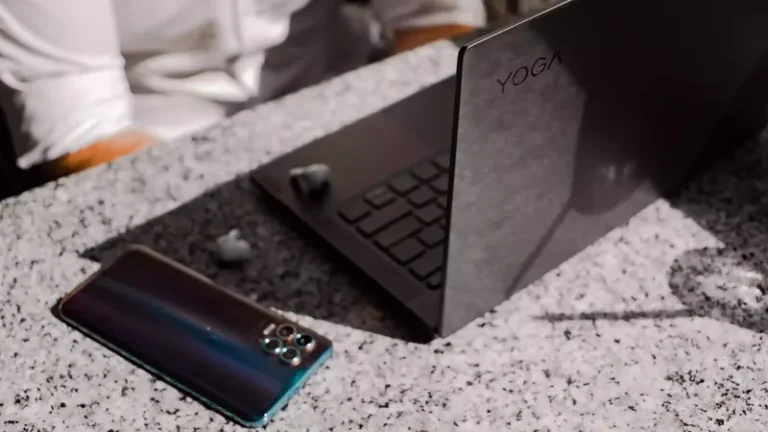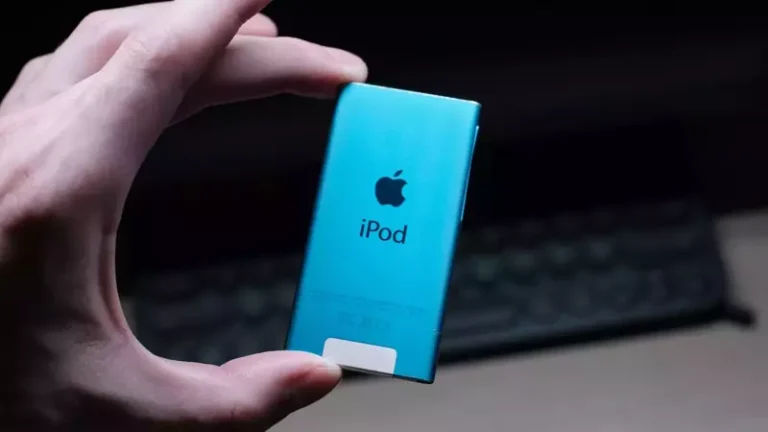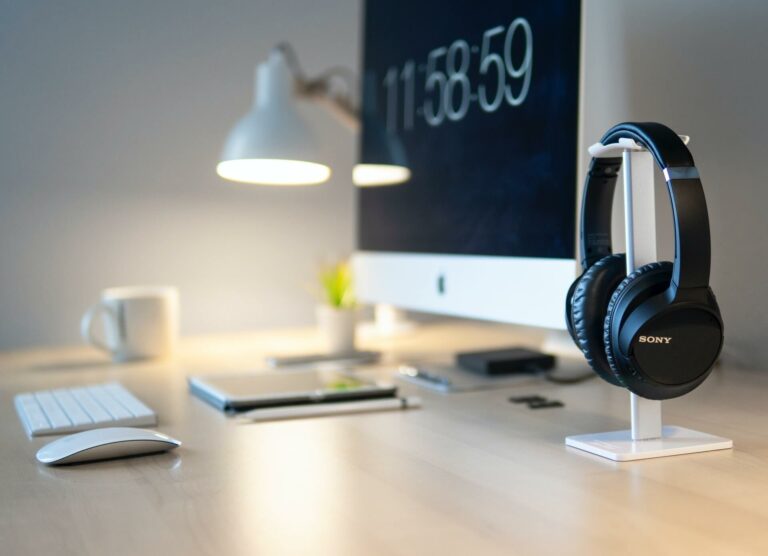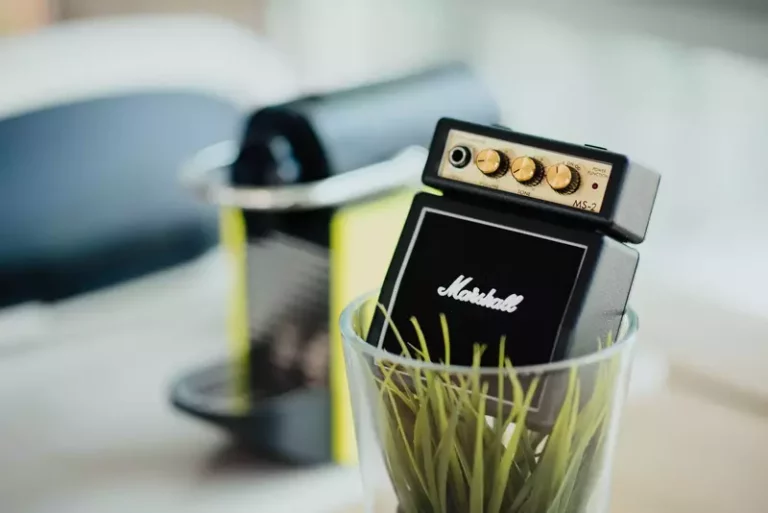8 Ways To Stop Other Devices from Connecting To Bluetooth
This site contains affiliate links to products, and we may receive a commission for purchases made through these links.
Bluetooth is now used to link most smart home gadgets and appliances. However, because of the convenience that technology provides, you just cannot afford not to utilize it. Like any other wireless connection, Bluetooth has its own set of security issues. But how can you stop other devices from connecting to Bluetooth?
You may prevent other devices from connecting to your Bluetooth by upgrading your software and using a security code. You may also want to turn off the Bluetooth when not in use, unpair unwanted devices, or turn off your Bluetooth visibility.
This article will explain how you can do this and keep your data safe by expounding on the various methods listed above and more.
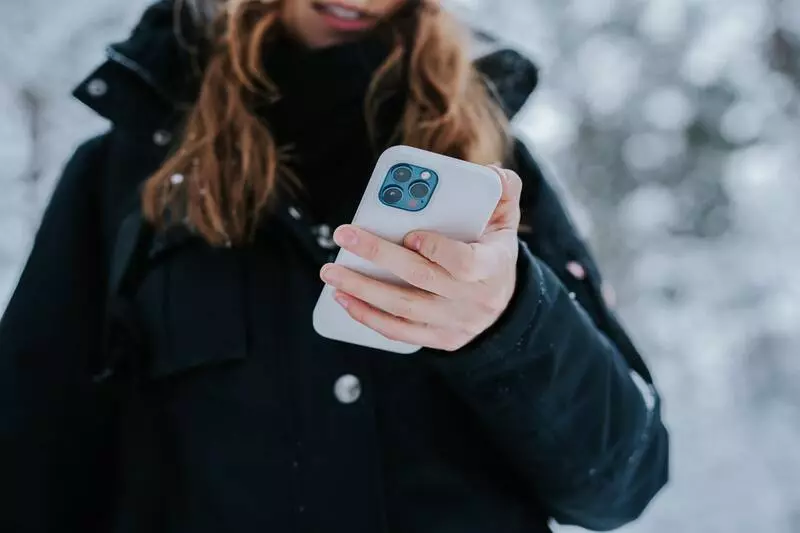
How Do You Stop Other Devices From Connecting To Bluetooth?
Here is a detailed explanation of how you can ensure the security of your Bluetooth connection.
1. Use A Passcode to Secure Your Connection
To facilitate pairing, many modern gadgets accept the usage of a passcode. You have the option of allowing devices to connect without requiring a code. However, if you’re in an insecure environment, you’ll almost certainly need to use a code to secure your Bluetooth.
If you connect your vehicle speakers, smartphone, or any other Bluetooth device, you will be allowed to enter a password. The code on both devices must be the same when pairing them. You will be asked to confirm the match at the same time.
On devices without a display screen, the passcode will not function. A password option will not be available on soundbar speakers without a screen. Some gadgets will read the code aloud to you in an audio format.
READ MORE! Can You Hack Or Hijack A Bluetooth Speaker? (Solved)
2. Connect To an Audio Jack
Unless an audio jack is provided, certain Bluetooth speakers will not enable any device to connect to it. This isn’t a popular method for preventing unwanted Bluetooth connections. It’s still a simple approach to keep your gadgets secure.
The audio jack is prioritized above the Bluetooth wireless connection in this case. It is compatible with almost all newly released speakers. You may use your smartphone to test this out.
READ MORE! Do Bluetooth Headphones Have AUX? (With 2 Examples)
3. Turn Bluetooth Off on Your Device
Turning off your Bluetooth device is the most straightforward technique to prevent unsolicited connections. Your device’s Bluetooth network will only operate if it is turned on. No device will link with it after you turn it off.
All unnecessary connections will be terminated when you switch off your gadgets and then on again. That way, you’ll only be able to connect to the devices that are approved.
Some devices, however, save their pairing information even after they have been turned off. In such circumstances, the pairing data of unwanted devices must be “forgotten” in the configuration settings.
Depending on the model of your speaker, you may switch off Bluetooth in a variety of methods. Some speakers feature a multi-function button, whereas others turn it off by turning the volume knob. In the same way, you may reactivate Bluetooth.
4. Turn Off Device Visibility
If your speaker has a display screen or a mechanism to view Bluetooth settings, ensure your Bluetooth connection is hidden from unwanted devices. Nobody will be able to view the link this way. Before concealing the Bluetooth network, make sure you connect it first.
You can associate a gadget with certain speakers. You may completely conceal the network after it has been linked. Only the associated device will have access to the hidden Bluetooth network due to this. Some gadgets will need a password to be hidden.
READ MORE! Can Neighbors Connect to your Bluetooth Devices? (Solved)
5. Unpair Devices That are Not Part of Your Family Devices
If your speaker is already linked to multiple devices, you’ll need to disconnect them all and rejoin your device again. Because linked devices connect automatically, they may connect, disengage, and rejoin as needed as long as Bluetooth is enabled.
If your speaker has advanced options, you may enter Bluetooth, view the list of devices connected, and then “forget” them all. After that, you may connect the devices you wish. Unless the hacker gets access to the speaker, no additional devices will connect.
You can reset your Bluetooth speaker to factory settings if you can’t unpair Bluetooth devices (because your speaker doesn’t offer that option). There are a few options for restoring factory settings in various speakers. Some speakers need a long press of the power button.
Others will need a long press of the Bluetooth button. Check your speaker’s handbook for instructions on how to reset it. When you reset the speaker, all associated Bluetooth devices will be erased, and you will be able to connect again.
6. Do Not Accept Unknown Bluetooth Requests
Your speaker may sometimes notify you when a new device wants to connect to it. Your gadget will notify you in this scenario, either via the device display or through your phone. Do not accept the link if you are unsure about the source of the connection.
If you accept the connection once, it will continue to connect automatically. As a result, you will be responsible for the first connection. Accept connections only if you are aware of them and do not pose a security risk to your device.
Accepting unwanted Bluetooth requests is never a good idea. Through your Bluetooth network, someone may acquire access to your smartphone or entire control of your speaker. This is often unintentional, but hackers will also use the same method to access your personal information.
7. Change The Name of Your Device
Changing the name of your device might sometimes solve the problem. However, this should be followed by setting a passcode for access.
All previous connections will be lost when you change the name of your speakers. Other devices will recognize it as a new device and need to pair with it again to connect.
Changing your device’s name will force all of your devices to be disconnected. Both your gadgets and the ones you don’t want. After that, you should reconnect or pair your devices with the speaker once again. You may also make it invisible or apply a code to increase safety after it’s paired.
8. Update Your Apps and Software
Wireless gadgets come with a variety of risks. The Blueborne vector, which is transported in the air, is one of the most common threats. This vector can attack any Bluetooth device, such as a wristwatch, smartphone, speaker, or laptop.
Google and Amazon have resolved the Blueborne issue, but the vector may develop, and you must stay cautious. Security patches are included in new software and app upgrades, allowing you to fight new threats.
Bluebugging is another assault that you must avoid. This is typical with cellphones, but the hacker might also use your speaker to access your devices. Bluebugging is one of the reasons people worry about whether Bluetooth is expensive because the hacker may use your phone to make calls.
Bluetooth tracking and bluejacking are two further Bluetooth exploits that hackers might use. The majority of these threats have been addressed in updated Bluetooth versions. You are protected from assaults as long as you maintain your system and apps updated.
If new features become available, you must install them as soon as possible to safeguard your Bluetooth speaker.
READ MORE! 8 Tips To Keep Your Bluetooth Secure From Hacking
Final Thoughts
Because of its ease, Bluetooth technology is used all over the globe, yet it may be risky if you are not careful. The precautions outlined here apply not just to Bluetooth speakers but also your smartphone and any other Bluetooth-enabled device.

Espen
Espen is the Director of ProPairing and has written extensively about Bluetooth devices for years. He is a consumer product expert and has personally tested Bluetooth devices for the last decade.

